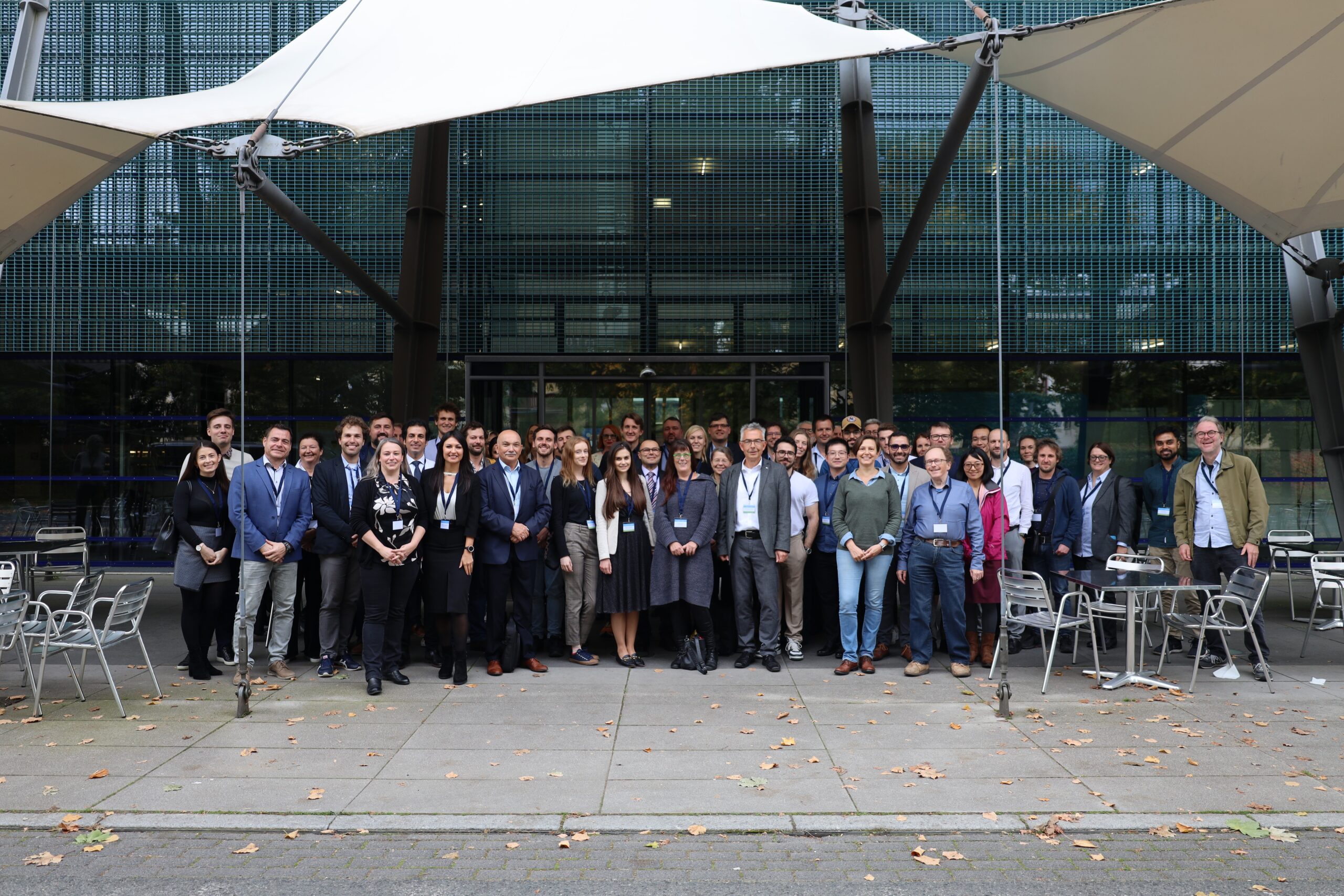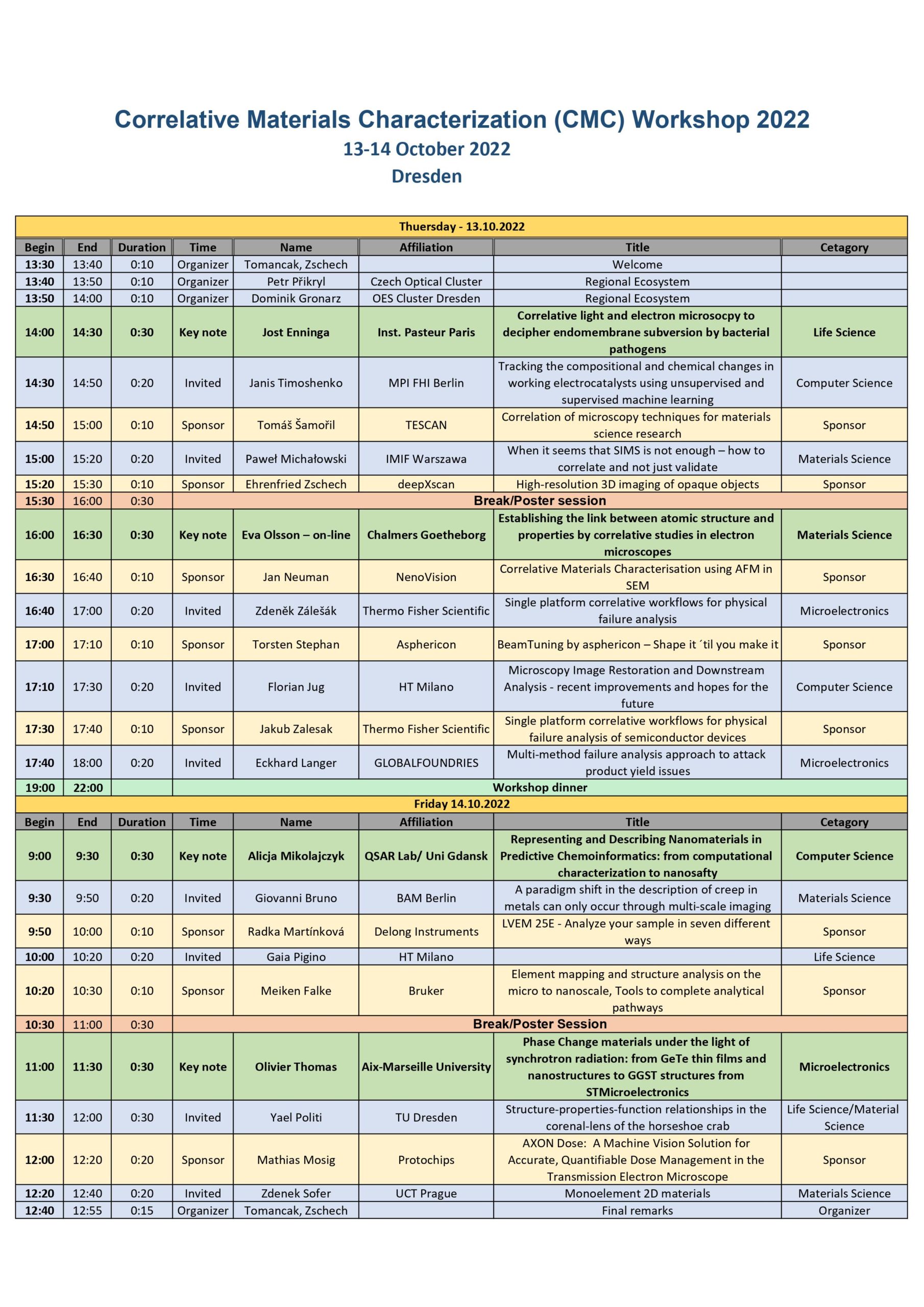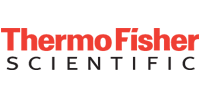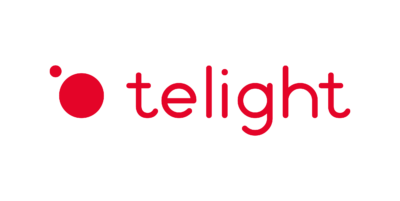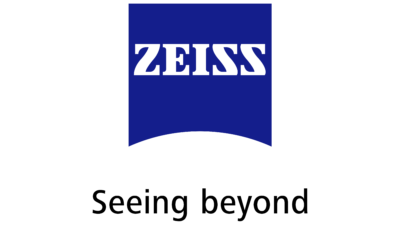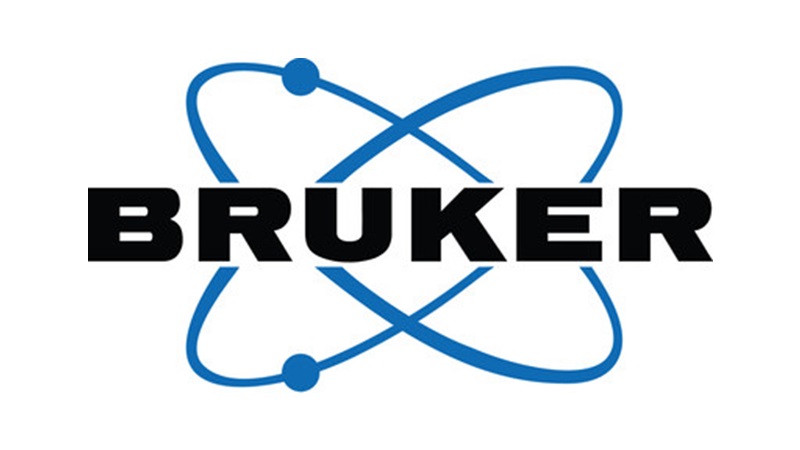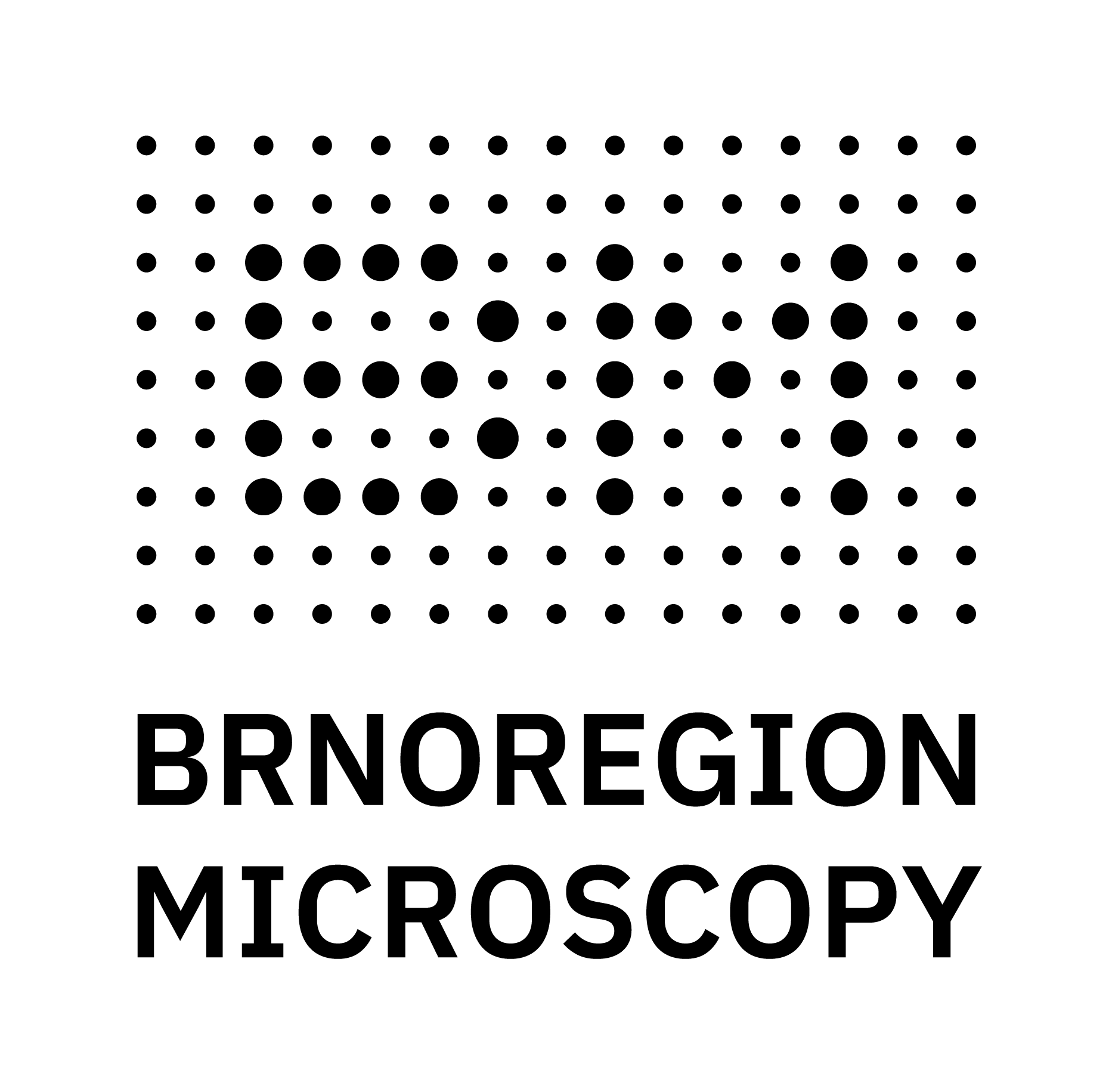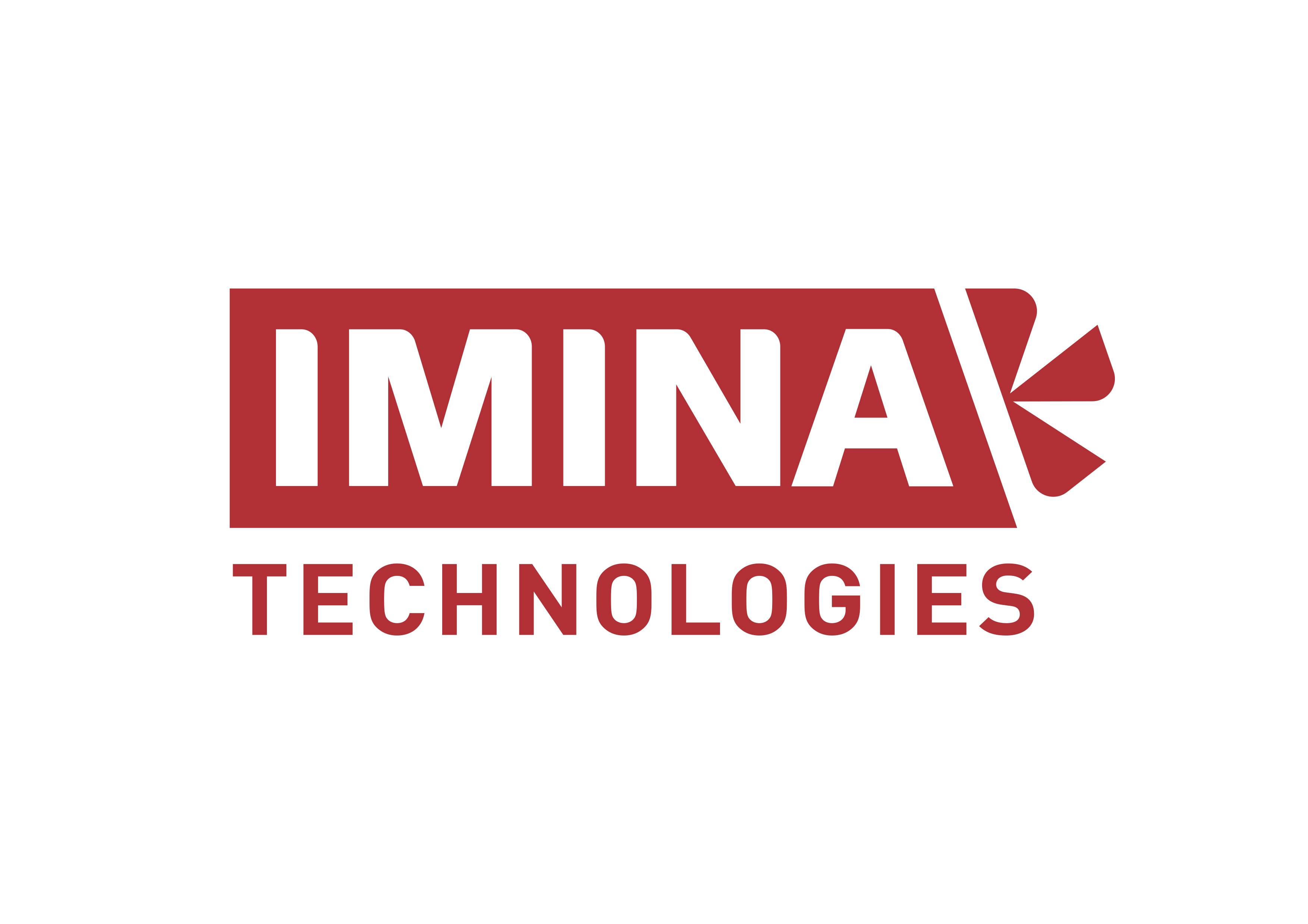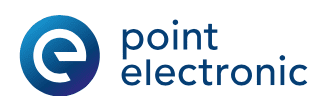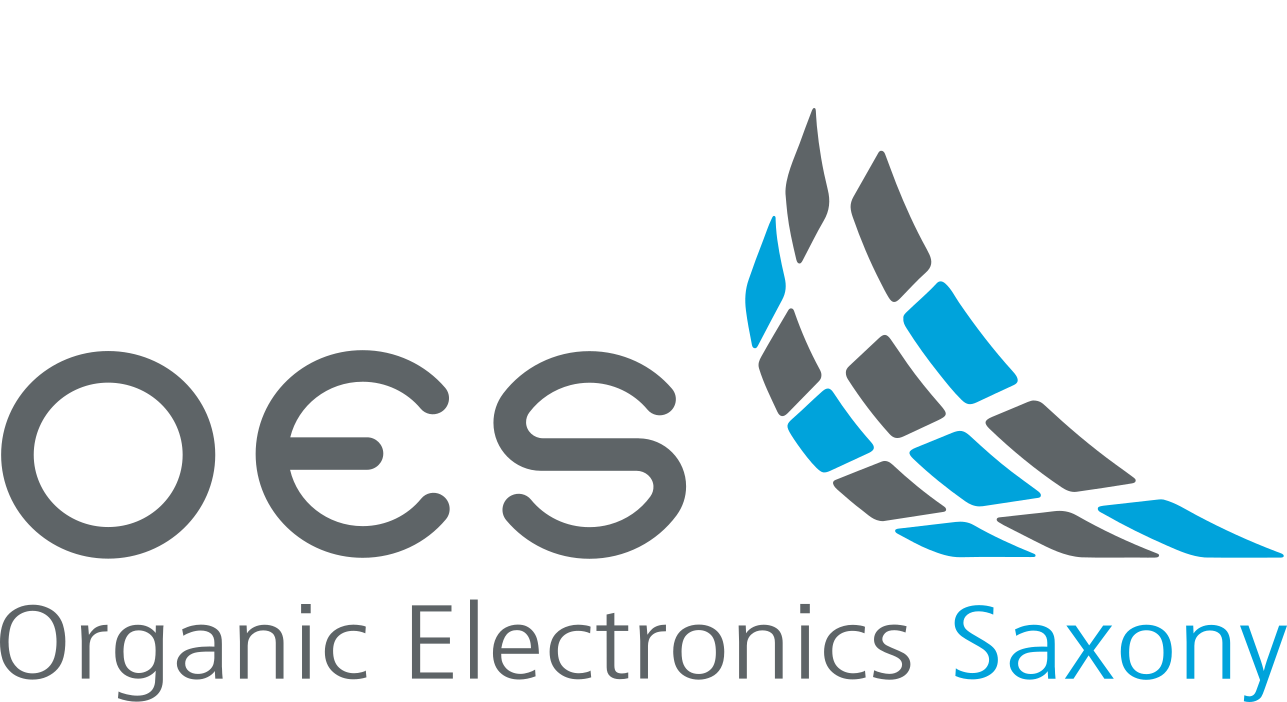
Correlative Materials Characterization 2022
The workshop will be dedicated to the exciting field of Correlative Materials Characterization and Correlative Imaging. The goal of the workshop is to bring together communities from Materials, Life and Computer Science, to discuss and explore topics of common interests.
The scope of the workshop includes all relevant techniques used for correlative materials characterization. The main focus will be on Light Microscopy, Electron Microscopy, X-ray Microscopy and Atomic Force Microscopy.
Highlighted topic for the 2022 workshop are applications of Correlative Materials Characterization in Semiconductor Industry and in Microbiology.
Speakers
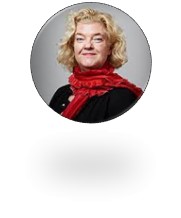
Eva Olsson
Chalmers University of TechnologyThe title is: Establishing the link between atomic structure and properties by correlative studies in electron microscopes
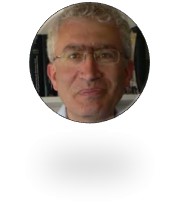
Olivier Thomas
Aix-Marseille UniversitéThe title is: Phase Change materials under the light of synchrotron radiation: from GeTe thin films and nanostructures to GGST structures from STMicroelectronics
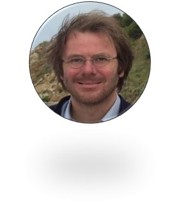
Jost Enninga
Institut Pasteur, ParisThe title is: Correlative light and electron microsocpy to decipher endomembrane subversion by bacterial pathogens
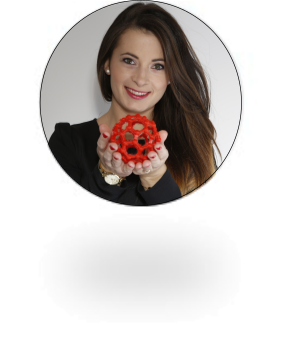
Alicja Mikolajczyk
University of Gdansk and QSAR Lab, PolandThe title is: Representing and Describing Nanomaterials in Predictive Chemoinformatics: from computational characterization to nanosafty
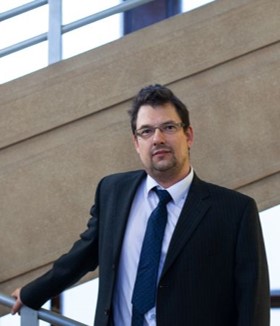
Zdenek Sofer, UCT Prague
University of Chemistry and Technology Prague (Czech Republic)Prof. Zdenek Sofer is tenured professor at the University of Chemistry and Technology Prague since 2019. He received his PhD also at University of Chemistry and Technology Prague, Czech Republic, in 2008. During his PhD he spent one year in Forschungszentrum Julich (Peter Grünberg Institute, Germany) and also one postdoctoral stay at University Duisburg-Essen, Germany. Research interests of prof. Sofer concerning on 2D materials including graphene, layered chalcogenides and other 2D materials, its crystal growth, chemical modifications and derivatisation. His research covers various applications of 2D materials including energy storage and conversion, electronic, catalysis and sensing devices. He is an associated editor of FlatChem journal. He has published over 350 articles, which received over 17000 citations (h-index of 65).
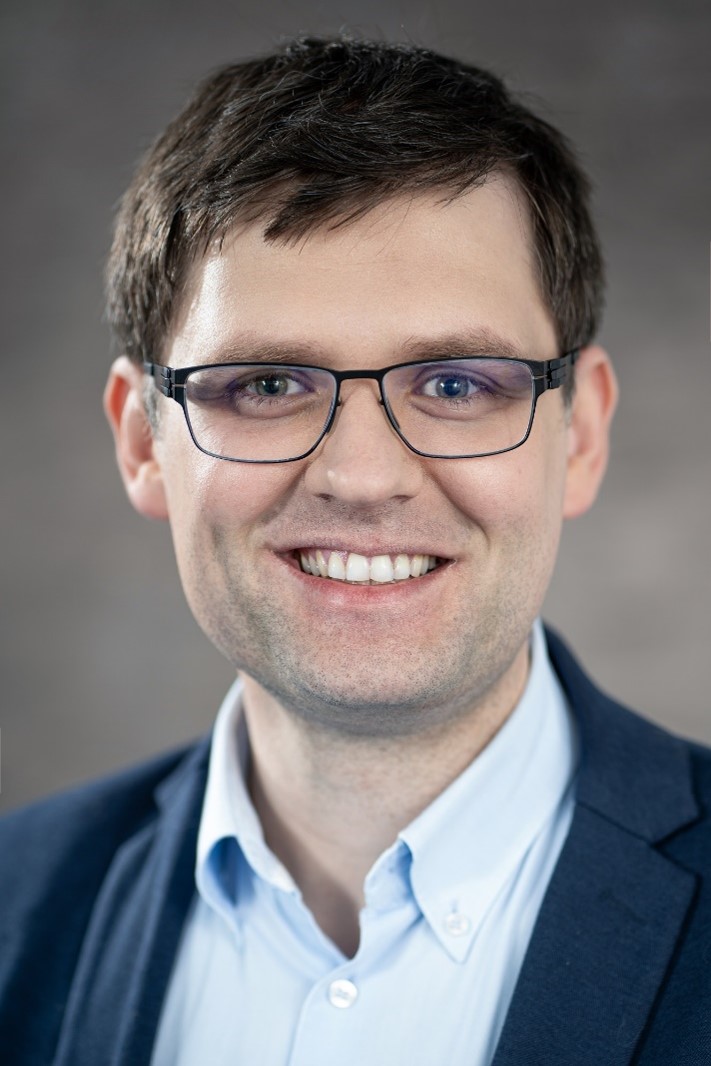
Paweł Michałowski, IMIF Warszawa
Łukasiewicz Research Network - Institute of Microelectronics and Photonics (abbreviation Łukasiewicz - IMiF)When it seems that SIMS is not enough – how to correlate and not just validate Paweł Piotr Michałowski specialize in the secondary ion mass spectrometry (SIMS) technique. Since 2015 he works at Łukasiewicz Research Network – Institute of Microelectronics and Photonics and is responsible for the CAMECA IMS SC Ultra spectrometer. He is currently focusing on developing dedicated measurement procedures – tailored for specific samples – that allow reaching a subnanometer depth resolution and enable characterization of 2D materials like graphene, hexagonal boron nitride, transition metal dichalcogenides, and MXenes. These procedures can also be applied to the analysis of full structures of semiconductor devices like VCSEL, solar cells, or various transistors.
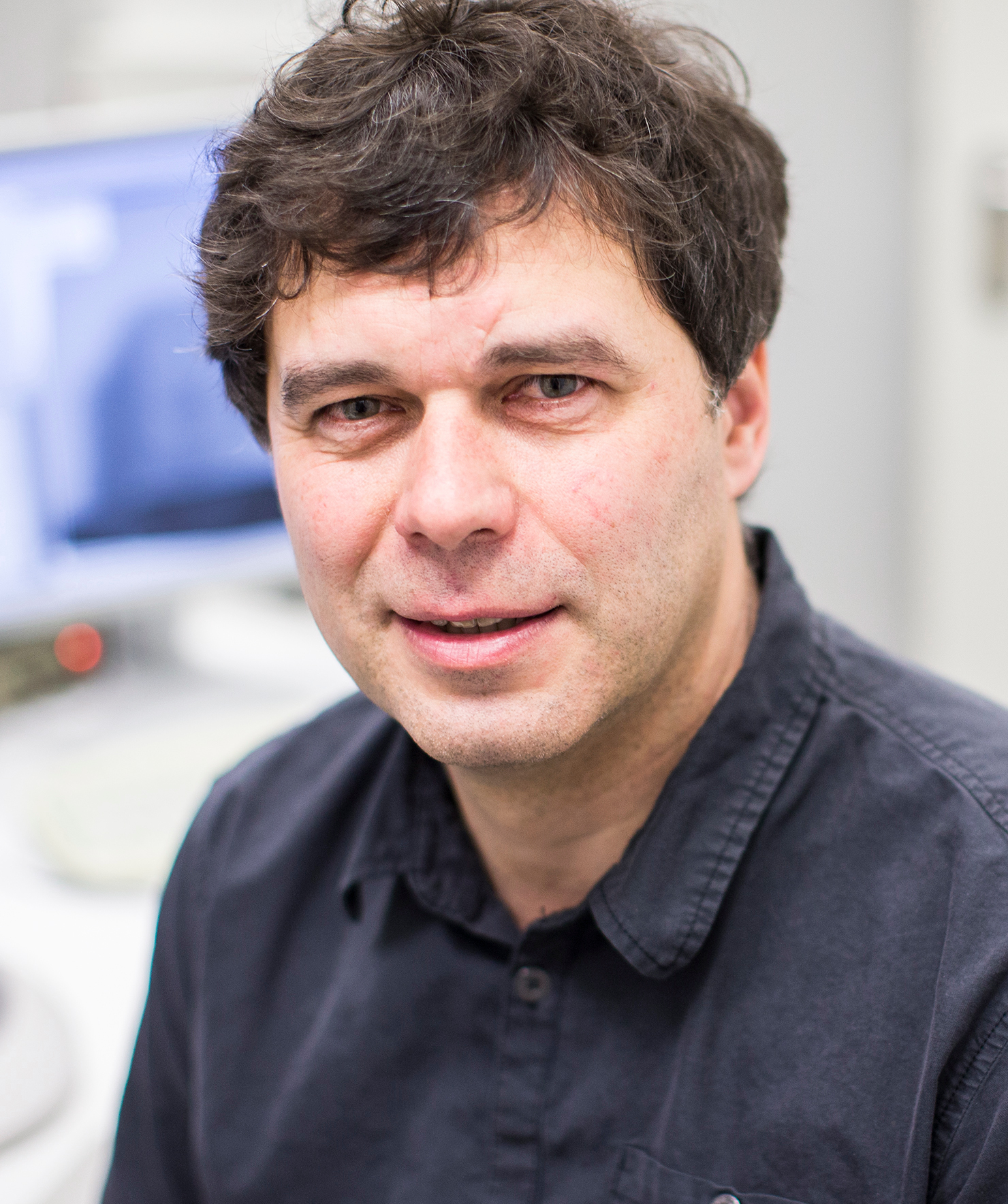
Eckhard Langer, GLOBALFOUNDRIES Dresden
Multi-method failure analysis approach to attack product yield issuesEckhard Langer received his PhD in electrical engineering & micro systems technology from the Technical University of Chemnitz. He started his professional carrier at the Fraunhofer Institute of Mechanics of Materials Halle, where he worked in the field of microelectronics and materials analysis. In 1997 Eckhard Langer joined Advanced Micro Devices (AMD) in Dresden and is working with GLOBALFOUNDRIES today. As a director of the Central Lab Services he is responsible for the laboratories for material & physical failure analysis, reliability & electrical characterization and chemical analysis. He is a member of the EUFANET board.
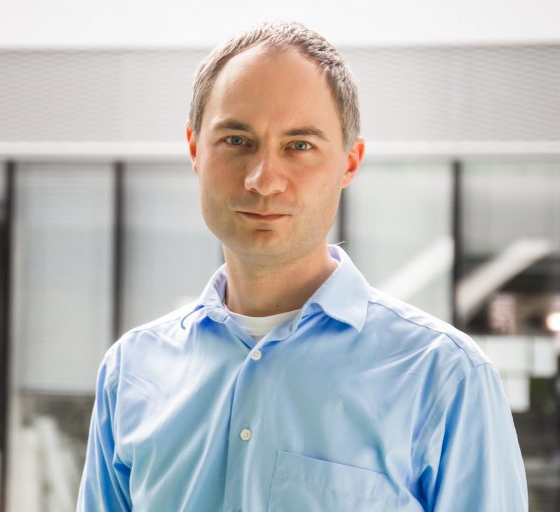
Pavel Plevka, CEITEC Brno
Life SciencePavel Plevka obtained his MSc. degree in molecular biology and virology from Charles University and his Ph.D. in structural biology from Uppsala University in 2009. From 2009 to 2013, he was a post-doctoral fellow with Michael Rossmann at Purdue University. In 2013 he established the research group Structural Virology at the Central European Institute of Technology, Masaryk University. Plevka uses X-ray crystallography, cryo-electron microscopy, and fluorescence microscopy to study virus structures and the processes of virus infection of cells.
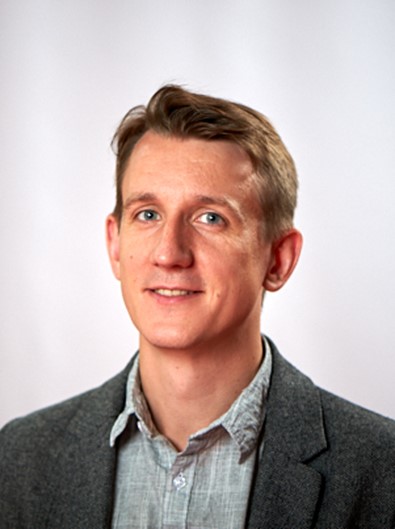
Janis Timoshenko, MPI FHI Berlin
Artificial IntelligenceJanis Timoshenko received his PhD in solid state physics in 2015 from the University of Latvia. He then went for postdoctoral position at Stony Brook University, New York. In 2018 he joined the Department of Interface Science of the Fritz-Haber Institute of the Max-Planck Society in Berlin, where he is the leader of the “Operando Hard X-ray spectroscopy” group. His research interests are synchrotron-based investigations of catalyst transformations under working conditions, and the development of simulation-based and machine learning-based approaches for spectroscopic data interpretation.

Giovanni Bruno, BAM Berlin
A paradigm shift in the description of creep in metals can only occur through multi-scale imagingGiovanni Bruno was born in southern Italy. He studied nuclear engineering at the University of Bologna, graduating in 1989 and completing a second degree in physics in 1998; he obtained his doctorate (1997) in materials science at the University of Ancona, Italy. He was a research assistant at the Open University (Milton Keynes, UK) and from April 1999 at the HMI, Berlin. At the end of 2001 he took over the management of the materials testing laboratory and residual stress diffractometer SALSA at the Institut Laue-Langevin in Grenoble, France. From 2005 to 2012 Giovanni Bruno worked for Corning Incorporated, first as group leader for material characterization in Avon, France, and then as project manager for R&D in Corning, NY, USA. At the end of 2012, he became head of division at BAM, Federal Institute for Materials Research and Testing, Berlin, and Professor at the University of Potsdam, Germany. His scientific activities started in the field of residual stress analysis by means of X-ray and neutron diffraction. Further, he researched in the field of reaction kinetics in nickel-based superalloys and glass ceramics. One of his main research topics has always been the determination of micro- and macro-mechanical properties of materials, especially composites and porous ceramics. His current research focuses on the investigation of the mechanical behavior and damage in materials using neutron diffraction, X-ray computed tomography and refraction methods as well as analytical (micromechanical) models.
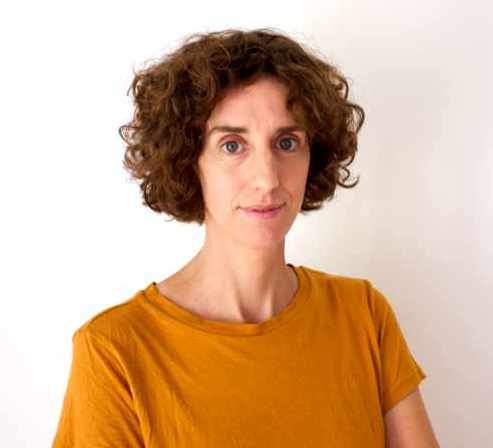
Yael Politi, TU Dresden
Since 2019 Yael Politi is a Professor for “Bioprospecting”at B CUBE – Center for Molecular Bioengineering, at the Technische Universität Dresden, Germany. Here her group is focused on understanding structure-properties-function relationships in arthropod cuticular structures and studying the formation processes of cuticle deposition in particular the control of finer orientation. Before arriving at TUD, YP was a group Leader at the Max-Planck Institute for Colloids and Interfaces, Department of Biomaterials, in Potsdam, Germany. This position was developed from her postdoctoral training in the department under the supervision of Prof. Peter Fratzl. Yael studied Biology and did her Ph.D. in the field of Biomineralization at the Weizmann Institute of Science, Department of Structural Biology, in Rehovot, Israel, with Prof. Lia Addadi and Prof. Steve Weiner as her direct supervisors.
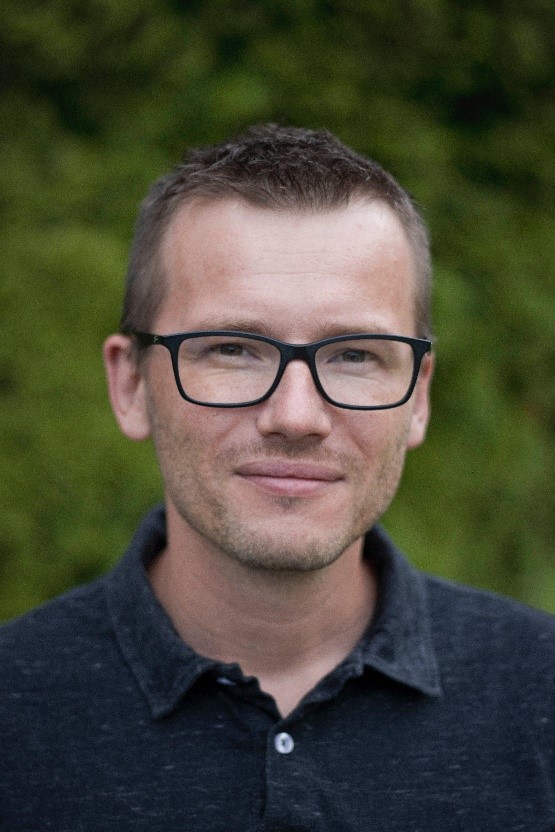
Jakub Zálešák, Thermo Fisher Scientific
Single platform correlative workflows for physical failure analysis of semiconductor devicesBefore starting working at Thermo Fisher Scientific, Jakub Zálešák spent more then 12 years in materials science. He was focusing primarly on structural and functional properties of nanoparticles, shape memory alloys, hard coatings, semiconductive materials, high entropy alloys and metallic glasses. A basic and applied research of those materials required correlation of multiple instrumental techniques mainly in the field of electron and particle microscopy. Jakub is currently utilizing his broad experience in a role of an application specialist with a primary focus on application of correlative workflows in physical failure analysis of semiconductor devices.
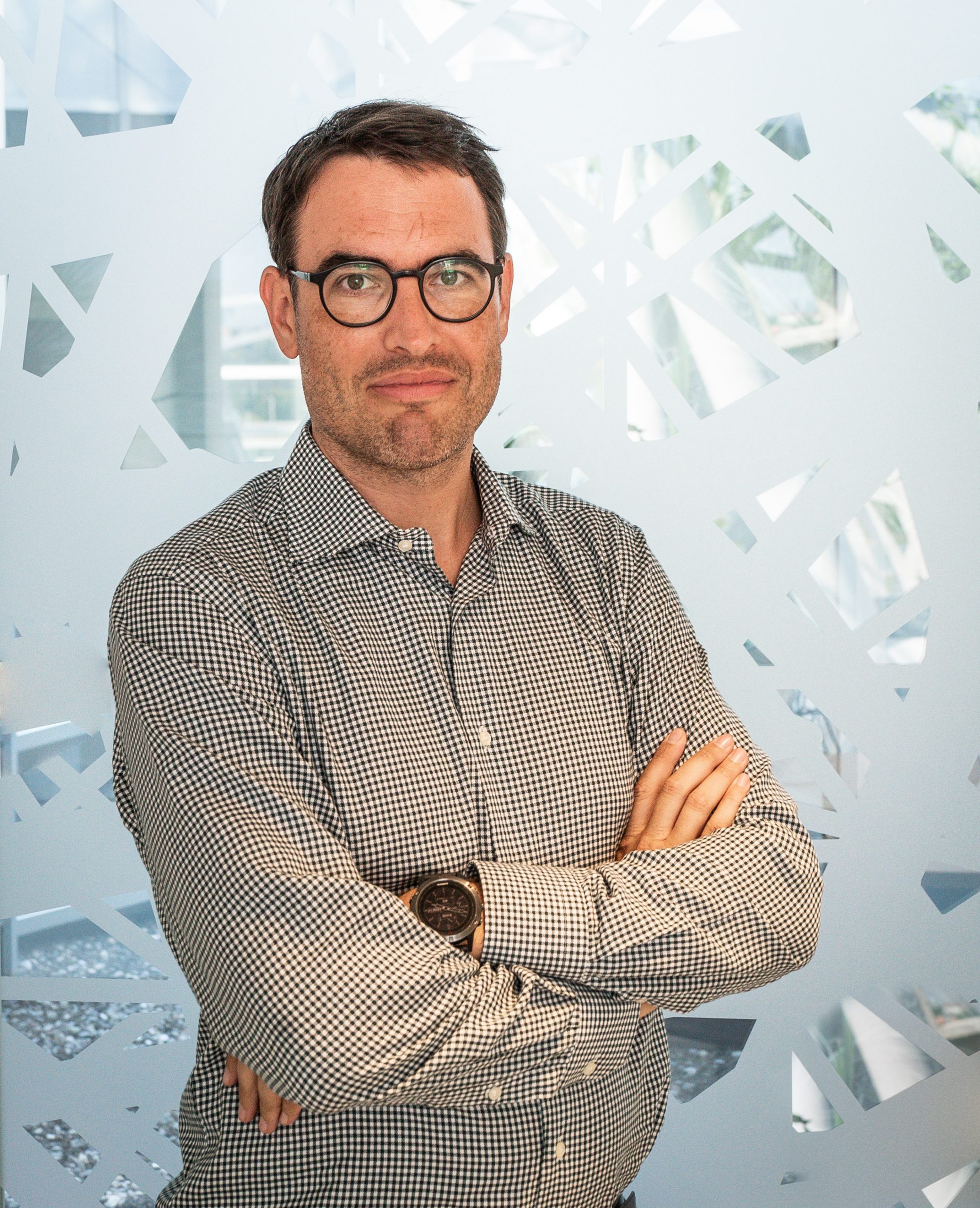
Florian Jug, HT Milano
Artificial Intelligence Dr. Florian Jug holds a PhD in Computational Neuroscience from the Institute of Theoretical Computer Science at ETH Zurich, but later moved into image and data analysis at the Max-Planck Institute CBG in Dresden. He has recently moved to the Fondazione Human Technopole, where his team is pushing the boundary of what AI and machine learning can do to better analyze and quantify biological data. Dr. Jug’s team covers the full breadth of bio-image computing, from research on novel methods in computer vision and machine learning, all the way to offering bio-image analysis as a service.
Florian Jug is a strong proponent of open access science, open AI and ML methods, and open source software. His team is a core contributor to Fiji (~100,000 active users) and collaboratively develops open methods such as CARE, Noise2Void, PN2V, DivNoising, etc. He organizes scientific conferences (e.g the I2K conference), workshops (e.g. the BIC workshops at top-tier computer vision conferences) and various practical courses on machine learning for bio-image analysis (e.g. DL@MBL in Woods Hole) or microscopy (e.g. Quantitative Imaging at Cold Spring Harbor)
Title: Microscopy Image Restoration and Downstream Analysis - recent improvements and hopes for the future
Abstract:
The necessity to analyze scientific images is as old as the ability to acquire such data. While this analysis did initially happen by observation only, modern microscopy techniques now enable us to image at unprecedented spatial and temporal resolutions, through the 'eyes' of many and very diverse imaging modalities.
The unfathomable amounts of data acquired in the context of biomedical research cannot any longer be analyzed by manual observation alone. Instead, algorithmic solutions are helping researchers to study and quantify large image data.
In the past years, our abilities to use artificial neural networks (ANNs) for the automated analysis of scientific image data gained significant traction, and many important analysis problems have now much improved solutions based on ANNs. At the same time, we start being aware of limitations that come with this new set of machine learning approaches.
In my talk I would like to update you on some of the latest algorithmic developments from our and other labs. More specifically, I will talk about improved but easy to use image restoration and segmentation methods and the efforts of our community to store, share, and run ANN based methods via the BioImage Model Zoo -- a Horizon Europe funded infrastructure we are currently establishing.
Finally, I will carefully attempt to look into the future and share my predictions about how artificial intelligence will help us make valuable scientific discoveries at elevated pace.

deepXscan
Name of the Speaker: Ehrenfried Zschech
deepXscan is a young, innovative start-up company located in Dresden, Germany. We are developing and offering customized solutions for high-resolution 3D imaging of opaque objects and for studying kinetic processes in materials. Our products combine the best solutions of X-ray imaging, precision engineering and computer science to ensure user-friendly operation and data analysis, tailored to the customer needs. We advance research and innovation in the field of high-resolution 3D X-ray imaging to game-changing commercial products for markets of critical importance. Our team of highly skilled, first-class scientists and engineers is delivering ground-breaking advances in X-ray microscopy and high-resolution X-ray computed tomography for critical industrial needs and basic research in academia, paving the way for future disruptive innovations.

NenoVision
Name of the Speaker: Jan Neuman
Short company description: NenoVision is a Czech start-up company that develops and fabricates LiteScope™, a unique Atomic Force Microscope (AFM) made for integration into Scanning Electron Microscopes (SEM). LiteScope broadens the present possibilities of electron microscopy and enables simultaneous scanning of samples by different techniques; The acquired images are correlated into the resulting 3D image using novel CPEM technology. AFM-in-SEM enables complex and correlative in-situ characterization of mechanical, electrical, and magnetic sample properties at the nanoscale.

Delong Instruments
Name of the Speaker: Radka Martínková
Short company description: Delong Instruments is a Czech company active in electron optics, micro and nanotechnologies since 1992. For more than 30 years, we have provided low voltage transmission electron microscopes LVEM and Schottky electron guns DIGUN to scientists worldwide, while the institutional and industrial partners have appreciated our unique customer and OEM solutions and customized special components made from the first draft up to the final device

Tescan
Name of the Speaker: Tomáš Šamořil
Short company description: TESCAN designs and manufactures state-of-the-art SEMs, FIB-SEMs and micro-CT’s that combine performance and versatility. Find out more https://www.tescan.com

Protochips
Name of the Speaker: Mathias Mosig
Short company description: Protochips empowers scientists, engineers, and researchers to discover and analyze new phenomenon by visualizing biological, chemical, and physical processes in completely new ways. Our field-proven in situ products and AXON machine vision platform offer unparalleled views into electron microscopy by combining experiment control and stability with the state of the art analysis and data management combined with the resolution capabilities of the modern electron microscope. Through continual innovation, we create solutions that improve productivity and generate actionable data to accelerate discovery.
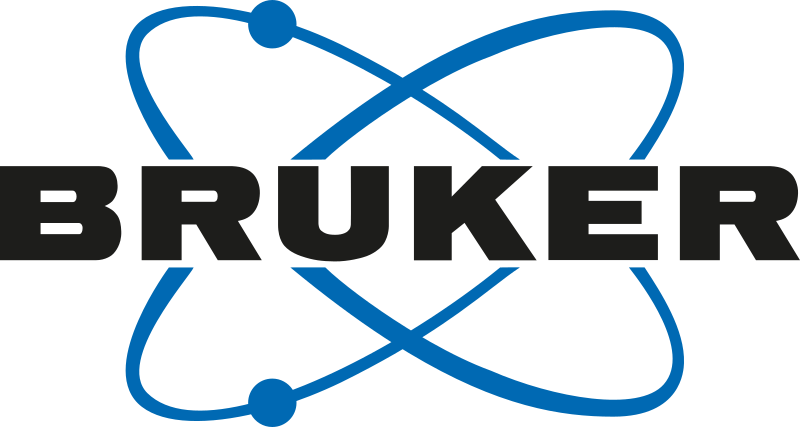
Bruker Nano
Name of the Speaker: Meiken Falke Global Product Manager EDS/TEM
Short company description: The Bruker Nano Analytics division (Headquarters Bruker Nano GmbH) develops, manufactures, and markets systems for elemental and structural analysis on the micro and nano scale. Our unique range of analytical tools for comprehensive compositional and structural material analysis in electron microscopes includes EDS for SEM, EDS for TEM, WDS, EBSD and micro-XRF on SEM. On top we offer a variety of benchtop micro-X-ray fluorescence (micro-XRF) spectrometers for spatially resolved composition analysis and total reflection X-ray fluorescence (TXRF) instruments for trace element analysis for a multitude of applications. Our handheld XRF analyzers as well as the mobile/portable countertop XRF analyzer, enabling non-destructive and on-site element analysis complete the portfolio.

ThermoFisher
Name of the Speaker: Jakub Zalesak
Short company description With approximately 125,000 employees, Thermo Fisher is unmatched in its global commercial reach. Our continued innovation is the key to our technology leadership. We are advancing materials characterization and in situ studies. Our technology depth is reflected in our deep applications expertise and our analytical technologies that provide new workflows and innovations. For semiconductor manufacturers and the electronics industry, we combine our electrical analysis solutions with SEMs, TEMs, S/TEMs, DualBeam FIB/SEMs and advanced software suites to deliver root cause analysis with the highest success rate and productivity. Our industry leading workflows deliver fast, accurate answers for accelerating design and production decisions. Our fault isolation and analysis products provide superior images, rich feature sets, cross-sectional metrology and automation to speed process defect identification, reduce yield loss and accelerate time-to-market for new products. Our expertise, market leadership and continued R&D commitment are paving the way to innovations in 3D gates and memory, transistor design and advanced material integration. Thermo Fisher Scientific supplies innovative solutions for electron microscopy and microanalysis to take customers from questions to usable data by combining high-resolution imaging with physical, elemental, chemical and electrical analysis across scales and modes—through the broadest sample types.
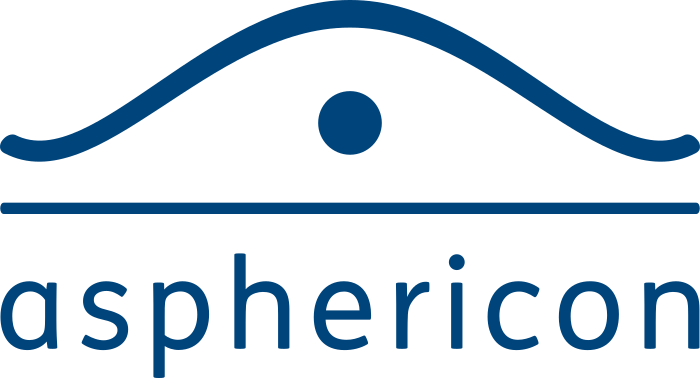
Asphericon
Name of the Speaker : Torsten Stephan
Short company description asphericon is specialist and technology leader in field of aspheric components and optical systems. With the emphasis to using latest manufacturing technologies, continual innovation process, skilled workers and world class measuring equipment is asphericon able to provide high quality optical solution for more than 600 customers worldwide from its premises in Jena (DE), Jermanice (CZ) and Sarasota (USA). asphericon accompanies its customers from optical design, manufacturing process for prototypes, single pieces and large series and coating, full-surface interferometric measurement and documentation up to the assembly of optical components as well as their optical characterization.
BeamTuning – highest precision and maximum flexibility The world's first aspheric and diffraction-limited beam expansion system and brand-new beam shaper for round and squared Top-Hats. The BeamTuning product range includes beam expanders of different wavelengths and magnifications, fiber collimators, elements for using the a|BeamExpander outside of their design wavelength, beam shaper and intra- and cross-system adapters. All beam expansion and shaping elements can conveniently be combined in an a|BeamBox according to your specifications. An intelligent assembly concept saves time-consuming adjustments and ensures precision and flexibility. Combine different a|BeamExpanders, the a|Waveλdapt, the fiber collimator a|AspheriColl as well as our beam shapers for round and squared Top-Hat beam profiles with a|Adapters (intra-system and cross-system) and MountedOptics according to your requirements. Whether for beam expansion or beam shaping, choose your individual a|BeamBox e.g., for laboratory or metrology applications. Any combination is possible. BeamTuning products cover an enormous wide range of wavelengths. The right solution for every application.
Committees
Accommodation
Participants are expected to book and pay their own accommodation and travel expenses. Please find below a list of hotel recommendations:
Aparthotel Villa Freisleben: https://villa-freisleben.de/en/en-aparthotel-villa-freisleben/
Hotel Artushof: https://www.artushof.info/
Hotel Am Blauen Wunder: https://www.habw.de/start-eng
Park Inn by Radisson Dresden: https://www.radissonhotels.com/en-us/hotels/park-inn-dresden
Gewandhaus Dresden: https://www.gewandhaus-hotel.de/
ibis Budget Dresden City: http://ibis-budget-dresden-city.hotels-dresden.info/en/#main
NH Collection Dresden Altmarkt: https://www.nh-collection.com/en/hotel/nh-collection-dresden-altmarkt
Premier Inn Dresden City Zentrum: https://www.premierinn.com/de/de/hotels/deutschland/sachsen/dresden/dresden-city-zentrum.html
Star G Hotel Premium Dresden Altmarkt: https://www.starghotels.com/en/star-g-hotel-premium-dresden-altmarkt/
InterCity Hotel: https://www.intercityhotel.com/en/hotels/all-hotels/germany/dresden/intercityhotel-dresden
Pullman Dresden Newa: https://www.pullman-hotel-dresden.de/en/
The Student Hotel Dresden: https://www.thestudenthotel.com/dresden/
Further hotels can be found on the usual hotel booking sites.
In addition, please note that the City of Dresden charges a citywide lodging tax. For more information see: https://www.dresden.de/media/pdf/steueramt/2019-01_Beherbergungssteuer_Infoblatt_Gaeste_EN.pdf
Photo
